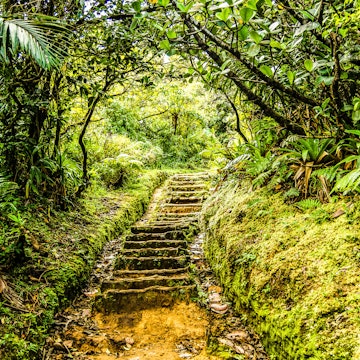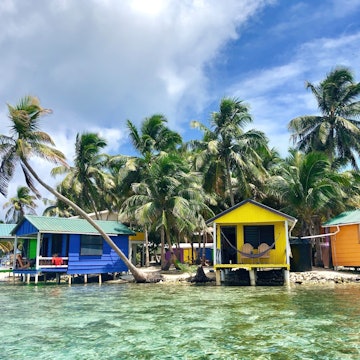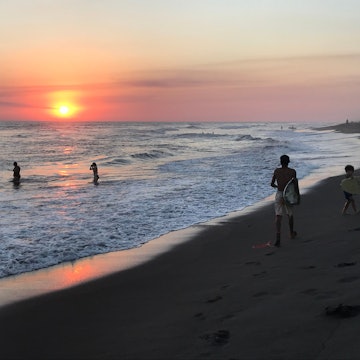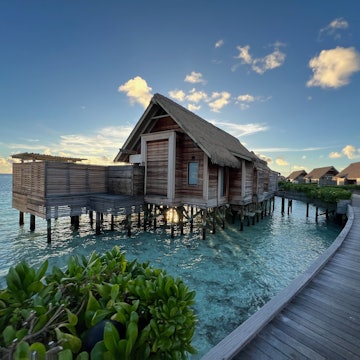

On a hike or bike ride, you can tap into Sedona’s dreamy desert vibes. Lissandra Melo/Shutterstock
For most, Arizona conjures up images of sweeping painted deserts, towering saguaro cacti, isolated winding highways and endless sunshine. Yet that’s just one piece of this tremendous and remarkably diverse state.
Home to the fifth-largest city in the US, one of the Seven Natural Wonders of the World, three national parks and nearly 21 million acres of National Forest land, Arizona is defined by stark contrasts. One moment you’re wearing a t-shirt walking in a hip city neighborhood, and a couple of hours later, you’re bundled up skiing at 10,000ft. This is a place where spiny cacti meet lush pine forests, where ancient cliff dwellings sit not far from retro neon signs along Route 66, and where Tucson – one of the USA’s two UNESCO Cities of Gastronomy – dishes out some of the best food the country.
With endless ways to get outdoors and new cultural experiences to discover, where do you start? The Arizona you want to experience – whether through dreamy deserts, through vibrant cities, in the high country or on scenic drives – is totally up to you.
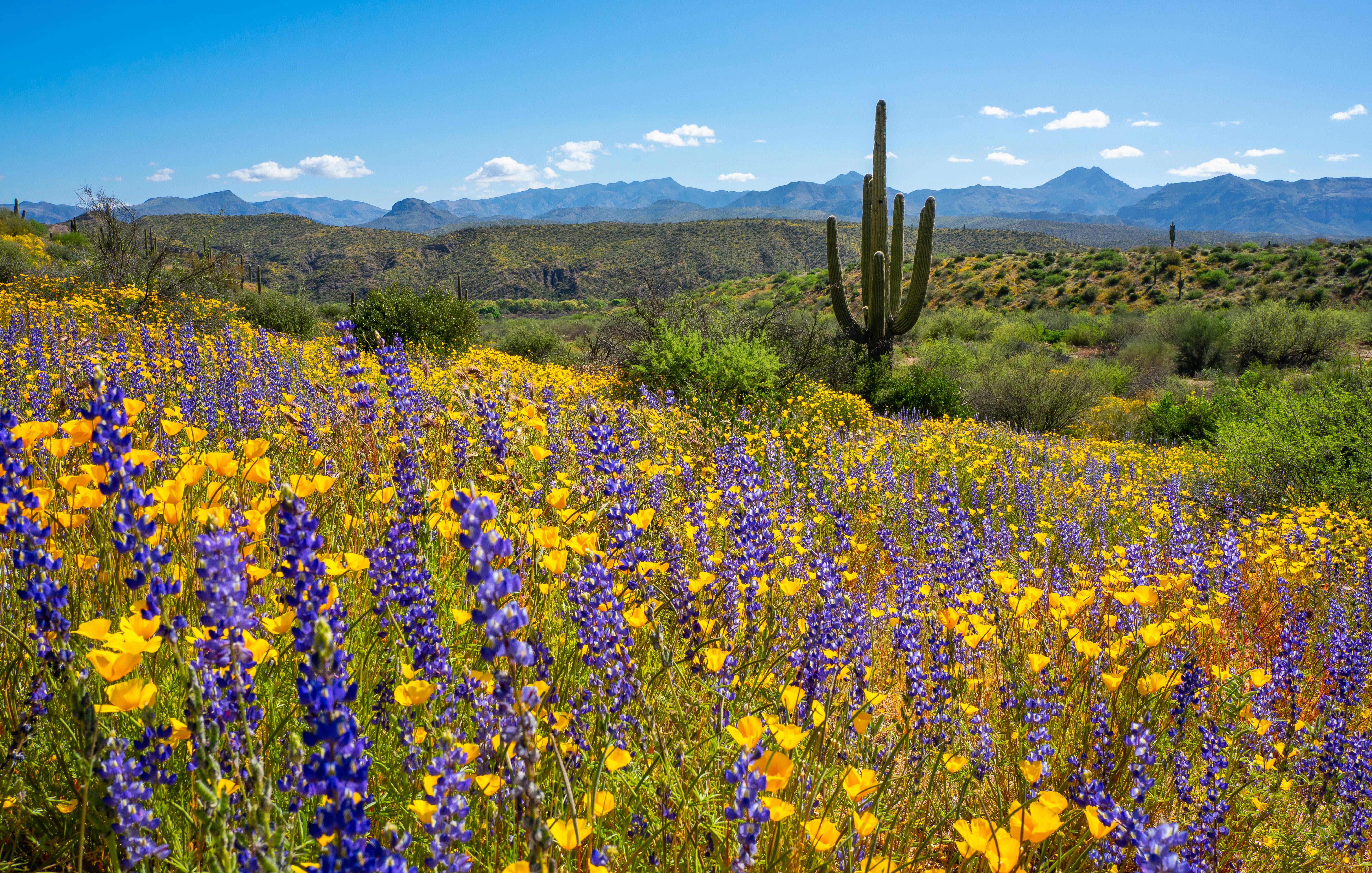
When should I go to Arizona?
This depends on what kind of experience you envision and where you’re headed. In the southern part of the state, which includes Phoenix and Tucson, winter into early spring (December through April) is ideal weather-wise, with daytime temperatures ranging from the high 60°s to low 80°s F (19° to 28°C). The downside? Everyone wants to be in Arizona this time of year, from hiking and golf enthusiasts to sunshine-seeking visitors from colder climates and Spring Training baseball fans. Expect maximum traffic, crowds and rates for services like rental cars and lodging.
Up north, as Arizonans like to say, winter is very different. Towns in the White Mountains sit at elevations well over 8000ft (2438m) and soaring 10,000ft-to-12,000ft (3048m-to-3657m) mountains dot the San Francisco Peaks near Flagstaff – so snow is as abundant as sunshine.
Arizona summers, on the other hand, aren’t for the faint of heart – at least not in the desert. Temperatures regularly surpass 110°F (43°C), and during monsoon season (June through September), the weather alternates between stiflingly dry and suffocatingly humid. Higher-elevation destinations such as Flagstaff and the Grand Canyon are pleasant and drastically cooler, making summer the perfect time to explore northern Arizona.
At an elevation 4350ft (1326m), Sedona falls in the middle, getting a dusting of snow a few times each winter and typically remaining mildly cooler than Phoenix in the summer.
Budget-conscious travelers should consider September or October a bit of a shoulder season, with fewer visitors and warm yet tolerable weather. If you’re okay with spending all your waking hours poolside or indoors, look for incredible staycation deals at upscale resorts June through August. If you’re planning outdoor activities, remember that Arizona is a very dry place, so be sure to bring more water than you think you’ll need – especially in the sweltering summer.

How much time should I spend in Arizona?
You can hit the highlights in any one of Arizona’s cities on a weekend trip – the key word being “one.” To do any meaningful exploring – and more importantly, to get a real sense of how astoundingly diverse and big Arizona is – you’ll need at least four to five days, ideally seven to 10.
Basing yourself in Phoenix for a five-day trip, you could take a road trip to Sedona or one of the state’s three national parks, hit some of the Valley’s famous urban hiking trails and eat and drink your way through Scottsdale. With a full week or more, you can venture further afield to Antelope Canyon and Horseshoe Bend near Page, stay overnight in the Grand Canyon, or explore lesser-known but certainly worthwhile gems like Picacho Peak, quirky Bisbee or Kartchner Caverns.
Is it easy to get in and around Arizona?
Phoenix and Tucson both have international airports, with PHX the substantially larger one. While most visitors fly into one of these and then drive to their final destination, there are also smaller regional airports throughout the state. Wherever you land, plan to pick up a rental car right away. While bigger cities and tourist hubs have buses and other public transport options, Arizona is overwhelmingly a driving destination. Service areas are surprisingly lacking even in the biggest metros, and wait times are commonly 30-45 minutes – which feels more like an eternity when it’s 100°F (37°C) out.
Insider tip: in Phoenix, book an off-airport rental, then take the light rail to pick it up. Airport fees inflate the cost of both rental vehicles and rideshares.
Top things to do in Arizona
Adventures in the Grand Canyon State are as diverse as its terrain and climates. In just one weekend, you can hike through the desert, dine in a globally recognized food city, take in views from nearly 12,000ft (3657m) and much more.

Hike through the Superstition Mountains
There are so, so many amazing places to hike throughout Arizona – and the rugged Superstitions have a special allure. Situated in far east Mesa, these mountains are easily accessible from anywhere in Phoenix and under 2 hours from Tucson. Experts can embark on ultra-challenging treks and spend literal days on the trail, while first-timers can take advantage of fantastic short and (mostly) sweet hikes. Check out the Hieroglyphic Trail, Wave Cave Trail or Treasure Loop Trail, all under 3 miles.
Experience an energy vortex in Sedona
One of the things that draws visitors to Sedona in droves is its naturally occurring energy vortexes. Many people believe these bring intense spiritual, transformational and even healing powers – and whether you believe that or not, there’s absolutely no question that Sedona’s vibe has a heightened...something. Find out for yourself at one of the more accessible vortex sites around town: Bell Rock, Boynton Canyon, Cathedral Rock or Airport Mesa.
If it’s hot out, cool off in a swimming hole afterward, or check out the natural water slides at Slide Rock State Park.
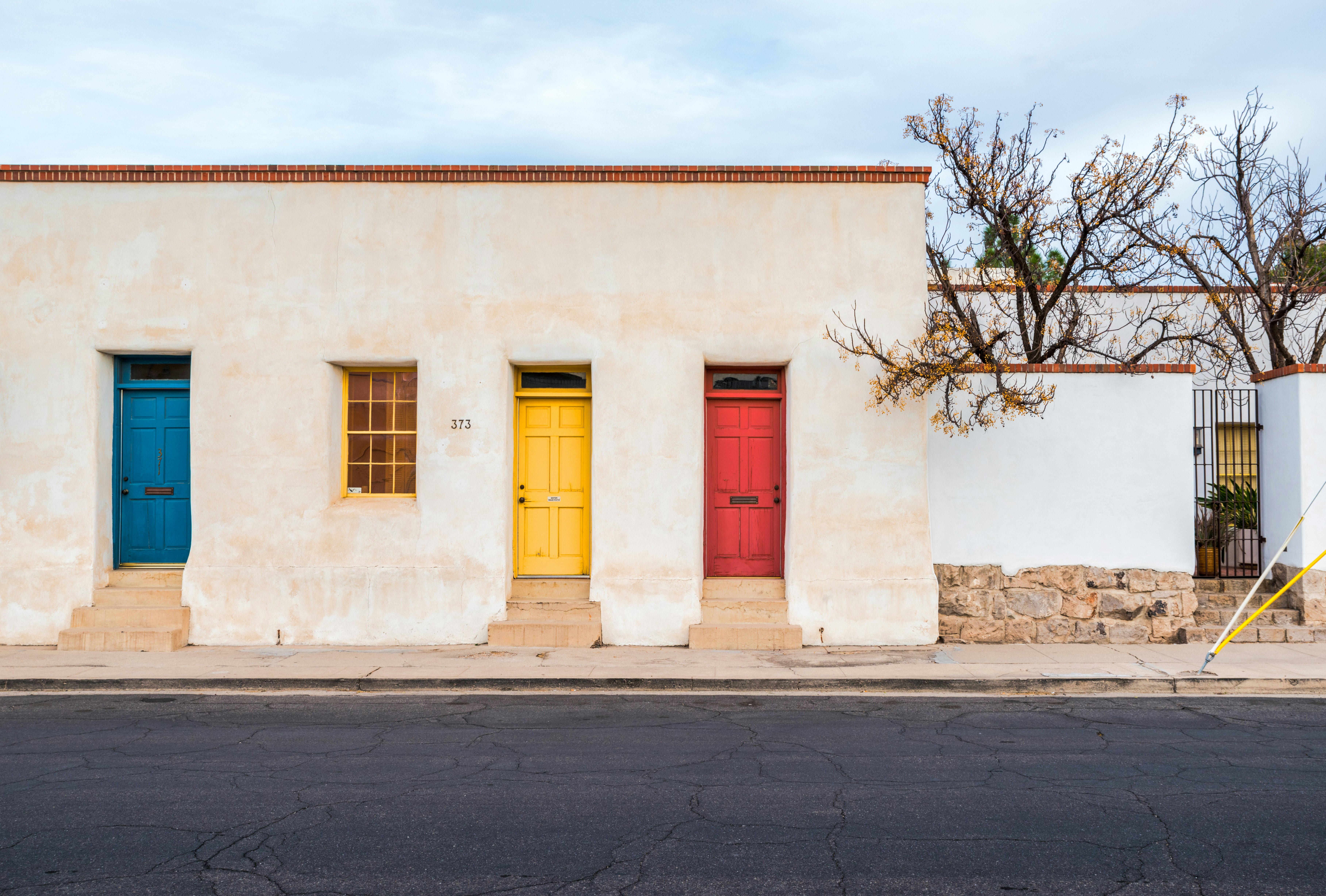
Explore one of the state’s oldest neighborhoods in Tucson
In Tucson’s Barrio Viejo, you’ll find art galleries and studios, elaborate murals and dozens of incredible restaurants all tucked into (and in between) colorful adobe buildings from the 1870s and ’80s. If you time it right, you can hit 5 Points Market & Restaurant for breakfast, then sit down to dinner at The Coronet, where the menu constantly changes and the cocktails are always top-notch.
Ride a high-elevation scenic gondola
A quick visit may not be enough time to summit Arizona’s highest mountain, 12,633ft-tall (3850m-tall) Humphreys Peak – but you can still soak in similar views. The scenic gondolas at Arizona Snowbowl in Flagstaff whisk you up to 11,500ft (3505m), from where, on clear days, you can see the Grand Canyon and Sedona. The gondola runs almost year-round, with hiatuses between summer and ski season. In favorable-weather years, Snowbowl also opens a short gondola season for leaf-peeping in October.
On your way up (or back), stop by Mama B’s for a classic burger, fries and shake combo. The no-frills spot, formerly known as Mama Burger, is a local institution and has a fabulous mountain view to boot.

My favorite thing to do in Arizona
Horseshoe Bend is by no means a hidden gem – on the contrary, it attracts millions of visitors each year. Yet there’s a way to experience this iconic natural wonder without any of the crowds: by kayaking through it. As people crowd the viewing platforms trying to snap the perfect selfie, you’re 1000ft (305m) below, blissfully paddling the Colorado River, surrounded by impossibly steep canyon walls with no one around except some wild horses.
To check this epic adventure off your own bucket list, book a backhaul service with Kayak the Colorado or Kayak Horseshoe Bend. In both cases, a boat will take you and your kayak upriver, then you’ll paddle (on calm days, it’s really more of a float) back down to Lees Ferry. I’ve done this trip multiple times with both companies and in different seasons – while there’s truly no bad way to go about it, I do recommend staying in Marble Canyon since the area is super-remote, and you’ll need to be at the marina first thing in the morning.
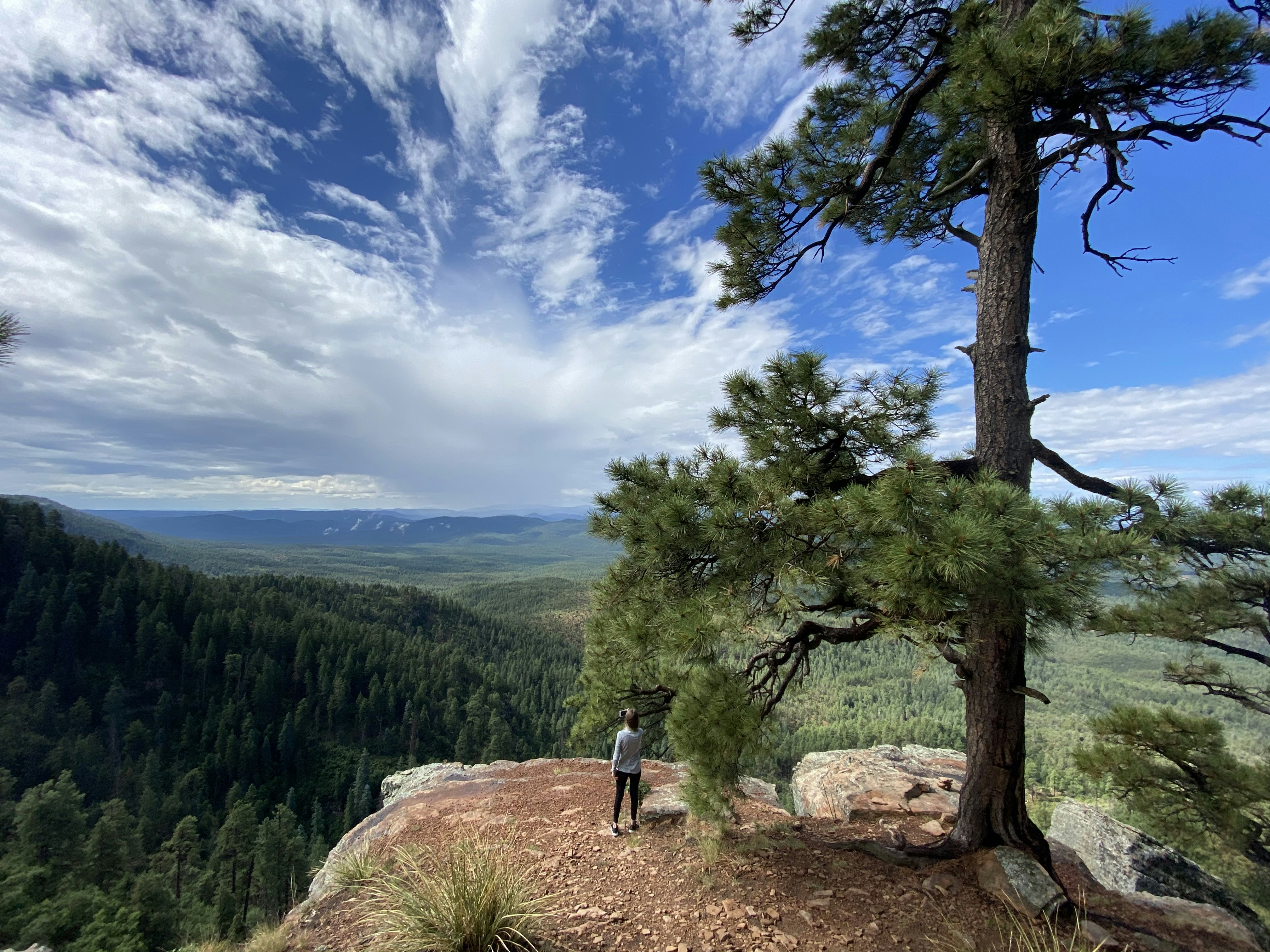
How much money do I need for Arizona?
By and large, Arizona is largely affordable – though as everywhere, you can expect (much) higher prices on everything in bigger cities and big tourist destinations. While Sedona and Scottsdale have well-earned reputations for causing sticker shock, don’t be surprised by disarmingly high price tags in unassuming neighborhoods anywhere. Accommodation has the biggest variance, with options ranging from ultra-budget motel rooms to sprawling five-star resorts.
Basic room for two (major city or tourism hub): $130–300 per night
Basic room for two (smaller town): $60–120 per night
Upscale hotel room (city, low season): $170–400 per night
Upscale hotel room (city, peak season): $350-1000 per night
Daily resort fee (applicable mostly in Tucson, Phoenix and Sedona): $30–55
Airbnb (entire house, city or tourist area): $100–1500 per night
Airbnb (entire house, smaller town): $70–175 per night
Coffee: $4–8
Sandwich: $8–18
Fast-casual dinner for one: $16–25
Average sit-down dinner for two: $60–100
Pint of beer at the bar: $4–10
Cocktail: $12–18
Paletas (traditional Mexican frozen ice pops, usually made with fresh fruit): $3–7
Do I need a passport to cross from Arizona into Mexico?
While you should have a valid passport for any international travel, for US citizens, a passport card is sufficient for land crossing into Mexico from Arizona. With a look similar to a driver’s license, these provide proof of US citizenship (though they’re not valid for international air travel). Citizens with other nationalities should count on using their passports to cross into Mexico.
Watch your step in the Arizona desert
A lot of native venomous critters live in Arizona, particularly in the desert. These include rattlesnakes, scorpions and spiders – and while you should be mindful, there’s no reason to be afraid of them. Like most wildlife, these animals generally don’t want anything to do with humans and only strike or bite as a defense mechanism. When you’re out in nature, pay careful attention to your surroundings and watch your step, especially around bushes and large rocks.









